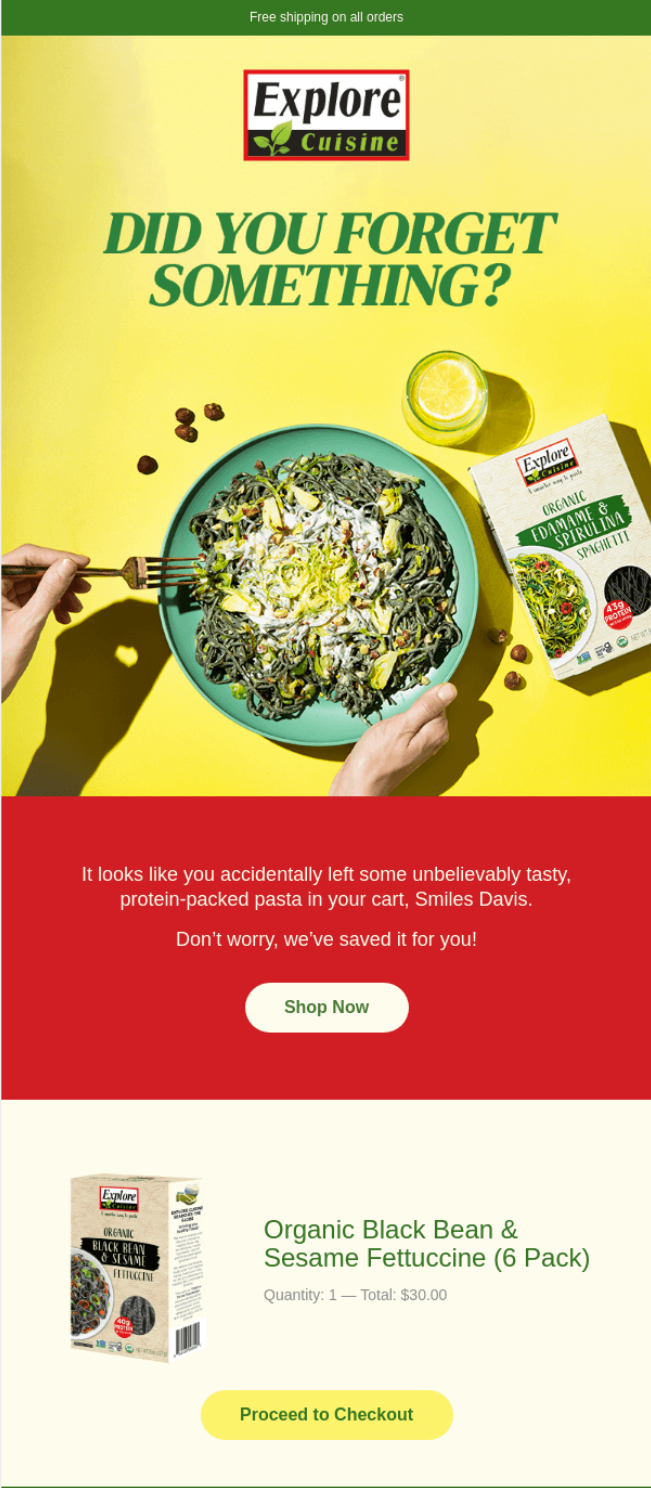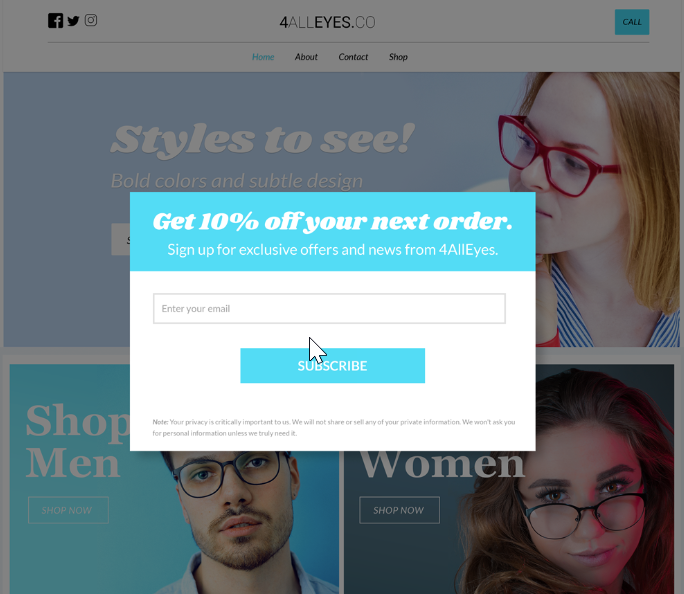
If you’re like me, you constantly wish you could find a couple of spare hours in the day to get some extra work done. In an alternate reality where the days are longer, you’d even gain some extra time to binge-watch that new Netflix show at the end of the day. Alas, in this reality, we only have so much time to get things done.
Turning to tools that take some “to-dos” off our plates is helpful, and one of the great things about being in a technological golden age is that automation can lessen the load. For a small business, marketing automation can be particularly helpful.
Marketing automation is about taking repetitive or everyday tasks in your marketing strategy and allowing them to be completed by automation software. Once you get started with marketing automation, time and space will open up for those things that truly require your personal attention — innovation, creation, and refinement. You can get creative while your tried and true tasks run effortlessly in the background.
Automating your marketing is easy
With the help of useful online tools, automating your marketing is easy. Just find the right automation software to support your business needs, set up your workflows, and get your tasks running all on their own.
How to use automation in marketing
To illustrate what marketing automation can do for you and your business, here’s a thought experiment. Think about the tasks you perform on a regular basis to keep your business afloat. A few things that come to mind are:
- Lead nurturing with welcome emails
- Promoting engagement with personalized birthday messages
- Posting to social media regularly
- Sending text messages about upcoming sales or events
- Sending purchase confirmations and appointment reminders
As a business owner or employee, when you notice these tasks becoming repetitive or too time-consuming to complete on your own, it’s time to look into automation. Automating your everyday tasks means you get back the time and resources you need to not only sustain your business but to progress it as well.
How to get started with marketing automation
So you know you have repetitive tasks, and you have decided it’s time to give automation a try. The next phase is figuring out how to move forward. The good news is that we have already put together a to-do list on how to get started with marketing automation. All you have to do is follow the steps below.
- Define your goals
- Research software solutions
- Understand your audience
- Map your customer journey
- Create your content strategy
- Test and adjust
1. Define your goals
To get the most out of your marketing automation efforts, you will need to set goals. When setting goals, make sure to make them SMART (specific, measurable, attainable, realistic, and time-bound).
Think about what you want to accomplish by investing in marketing automation. It could be to increase your marketing reach, get back valuable time in your schedule, or boost audience engagement. Whatever goals you decide on, make sure they are specific and that you have a way to track their success.
2. Research software solutions
After setting clear and achievable goals, it’s essential to think about your marketing needs and how software can fulfill them.
Additionally, consider any technologies you currently use to execute your marketing strategy and if they can integrate with your selected automation software. Make sure to thoroughly review the features list of all the software you are considering to ensure that your needs are met today and with future updates to your strategy.
3. Understand your audience
To properly automate your content, you must understand how your audience interacts with the content you put into the cybersphere. Think about your audience’s Who, What, When, Where, Why, and How (WWWWWHs).
Who: Think about the people engaging with your content. Check analytics to see what age groups, genders, locals, and interests your audience segments have.
What: Think about the type of content you are creating to engage your audience: images, ads, videos, newsletters, emails.
When: When do you see people engaging with your content? Check your website, social, and email analytics to see trends in the time of day and days of the week where you see an uptick in engagement.
Where: Where your audience is sourcing your content says a lot about them. For instance, your audience on Instagram skews younger than your audience on LinkedIn. Your audience may have seen your content because it ranked high for a search query or you spent money building a targeted ad. The type of content and the audience that sees it will vary greatly depending on the ‘where.’
Why: Think about why your audience is engaging with you. It could be for information, entertainment, exclusive deals, or customer service. The reason behind audience engagement will inform your content and how your audience seeks it out and interacts with it.
How: This is an essential piece you must understand to automate your marketing efforts properly. The “how” is the path the audience takes from the desire or need for content to engaging with content. It also includes how you redirect or re-engage the audience based on their actions.
Do more from the start by turning a single welcome email into an automated welcome series.
4. Map your customer journey
Diving deeper into the “how” of how your audience gets your content or performs a desired action, you’ll find the customer journey. The customer journey is the path you design from point A (their desire for something) to point B (your business fulfilling that desire with content, a product, or a service). Customer journeys help to personalize your audience’s experience with your business.
In order to develop a customer journey, you must segment your audience and develop a workflow.
Audience segmentation is the process of grouping together audience members based on interests and actions. Your workflow directs your audience segments through the journey, moving them from one activity to another. Both of these processes can benefit from marketing automation.
For example, you have a sign-up form on your website that tells the audience that if they give you their email address, you will send them regular updates about your business. Once they enter their information, it will populate your general contact list.
By automating your sign-up form with a trigger action, you can specify that all new contacts receive a confirmation or an automated welcome series. The automated email will inform them that they have subscribed to your business’s email communications and should be expecting more information soon.
Of course, after the contacts are in your list, you can further segment contacts through click segmentation implemented in your automated welcome series or confirmation email. Which could then trigger another series of automated emails.
The idea is to boost engagement without increasing effort by automating personalized content that will serve and delight your customers.
5. Create your content strategy
Understanding your goals, audience, and customer journey will help you build your content strategy.
Your content should inform your audience, inspire them to take action, encourage brand loyalty, and increase customer advocacy. Here are a couple of ideas to help you get started with your automated content efforts:
Automated emails
Welcome emails, birthday messages, abandoned cart emails, and many more possibilities await you when you turn to automated email efforts. Set trigger points in your workflow to fire off automated emails in response to audience actions. Your audience will receive communications that feel special and personal to them. Everyone loves to hear “Happy Birthday,” — especially if it includes a special offer.

Scheduled social posts
While you won’t be able to automate all of your marketing actions, you can at least take daily social posting off your plate. By scheduling your social media posts, you will get valuable time to engage with your audience and gain a bird’s eye view of your content.
SMS text messages
Head right to the source by getting your marketing into customers’ hands.
SMS text message marketing has started to trend in recent years as business content is almost guaranteed to be seen by SMS subscribers. Automated messaging allows you to send out welcome texts, appointment reminders, order and shipping confirmations, and whatever other 160-character message can pack a punch for your marketing strategy.
Gate content by using sign-up forms and landing pages
Gated content is the media you create that requires an exchange in order for prospects to access it (e.g., a customer email address). Using gated content is a great way to help you build your contact list and gauge which customers are highly interested in your brand.
Sign-up forms and landing pages help you gate your content and encourage people to sign up for your mailing list.
Customers enter their information into the form or on the landing page, and, in return, they receive access to exclusive content. After subscribing to your list, the content they will get can be anything from newsletters and special offer emails to educational series or exclusive videos. These types of automated content also take the hassle out of manually managing your contact list, as contacts are imported automatically.

6. Test and adjust
Automation isn’t a set-it-and-forget-it marketing solution. It’s a tool, and like all tools, it works best when it’s maintained.
Besides the fact that it might take a couple of tries to determine what types of automation work for your business, your audience itself might shift. And you may need to adjust your audience segment or your path for them. You may need to switch the time or day posts go out, your preferred marketing channel, or the types of messages you send. You may even need to find software that better fits your unique needs. So, keep track of your stats, pay attention to your reports, and play around, test, and adjust so you can ensure you’re getting the most out of your marketing efforts.
Transform Your Marketing with Email Automation
Investing in marketing automation
Running a small business takes a lot of time and effort. Some business owners wake up every morning to “do it all” — they are a one-person show. They’re the star, the stage crew, and the ticket-taker. They are the set designer, producer, and clean-up crew.
Other business owners have access to staff but might be finding that on-the-job activities could run smoother.
Whatever the case, as your business grows, you must find ways to keep up with your growing customer base. You might need to hire more staff or reevaluate how you design and disseminate content. In regards to the latter, marketing automation is your best bet.
When you find specific tasks repetitive, and you feel confident in how your current marketing strategy works, automating tasks can become a real strength.
And now that you’re well acquainted with how to get started with marketing automation, it’s time to go full steam ahead and begin your marketing automation implementation. Set your goals, do your customer research, and get ready to automate.
Check out Constant Contact’s customer journey and automation tools specifically for ecommerce.




